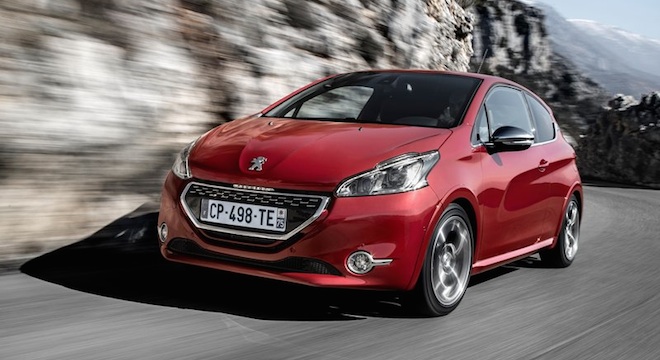Exploring the Beautiful Philippines: Culture and Nature

Introduction
The Philippines, an archipelago of over 7,600 islands, is renowned for its breathtaking landscapes, vibrant culture, and warm hospitality. With its strategic location in Southeast Asia, the Philippines serves as a vital link between various regions, making it not only a tourist hotspot but also an emerging player in global trade and politics. This article delves into the significance of the Philippines in the modern world, exploring its natural wonders and cultural heritage.
The Land of Diversity
The Philippines is home to a plethora of beautiful destinations, including pristine beaches, lush mountains, and vibrant cities. Tourists flock to Boracay, known for its crystal-clear waters and white sandy beaches, while Palawan garners attention for its breathtaking underground river and rich marine biodiversity. Cities like Manila and Cebu offer a unique blend of contemporary urban life and historical significance, making them vital cultural hubs.
Socio-Economic Landscape
In recent years, the Philippines has experienced significant economic growth, attributed to its robust service sector, particularly in business process outsourcing (BPO). According to the Philippine Statistics Authority, the economy grew by 7.7% in 2022, recovering from the impacts of the global pandemic. The government continues to invest in infrastructure projects under the “Build, Build, Build” program, aiming to bolster connectivity and promote tourism.
Challenges and Opportunities
Despite its rapid growth, the Philippines faces challenges such as poverty, natural disasters, and political instability. Typhoons like Typhoon Agaton in 2022 have highlighted the country’s vulnerability to climate change. However, with a young and dynamic population, the Philippines holds immense potential for future development in fields like technology, education, and sustainable tourism. The government and local communities are increasingly focusing on eco-friendly initiatives to protect their natural heritage while increasing local employment opportunities.
Conclusion
The Philippines’ rich culture and diverse landscapes make it a significant player in Southeast Asia’s future. As the country continues to navigate its challenges, there is a thoughtful optimism regarding its trajectory toward sustainable growth. For travelers and investors alike, the Philippines presents endless opportunities to explore, experience, and invest in its dynamic offerings. Understanding the intricacies of the Philippines can not only enhance global awareness but also contribute positively to its ongoing story of growth and resilience.









